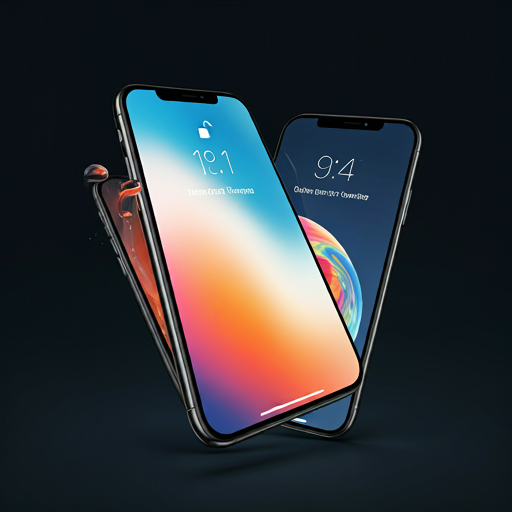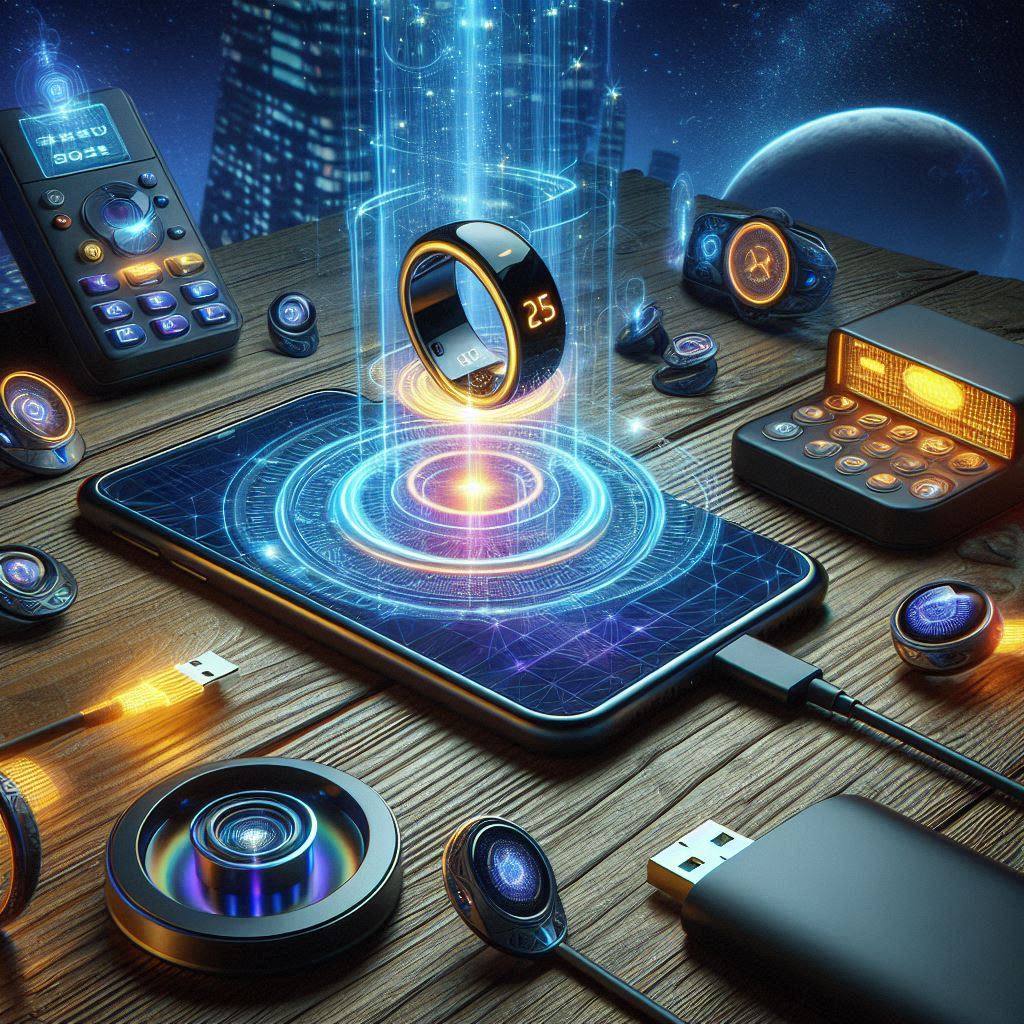
Transformative Technology: Shaping the Future
Transformative technology refers to groundbreaking innovations that significantly alter industries, societal structures, or everyday life. These technologies often disrupt traditional systems, creating new opportunities while rendering older methods obsolete. The current era is witnessing the rapid rise of several transformative technologies that promise to redefine our world.
1. Mini-LED Innovations: A Game-Changer in Display Technology
Mini-LED technology is redefining the landscape of display innovation, offering a compelling combination of performance and efficiency that appeals to both consumers and industries. Positioned between traditional LED displays and OLED technology, Mini-LEDs feature smaller, tightly packed LEDs, enabling unparalleled control over backlighting. This results in displays with superior brightness, higher contrast ratios, and enhanced color accuracy.
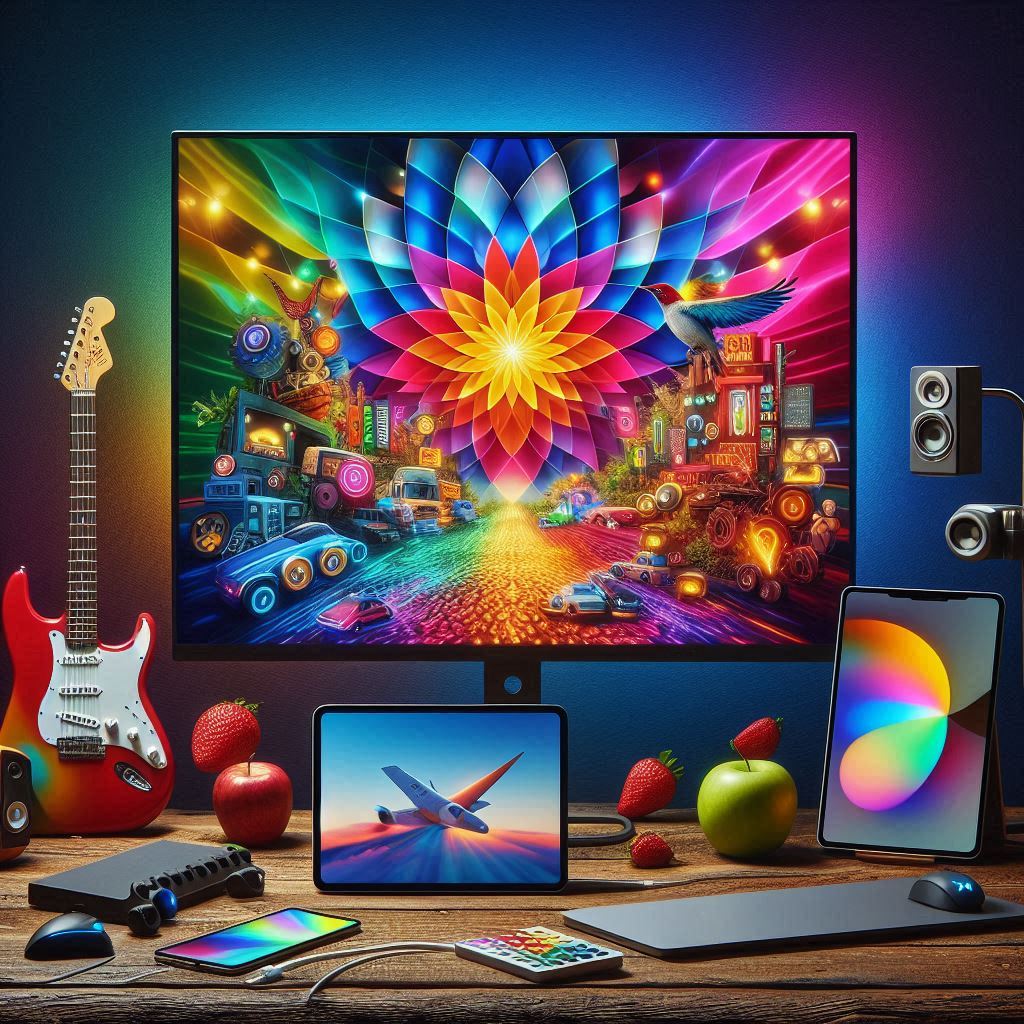
Key Features and Advantages
- Enhanced Brightness and Contrast: Mini-LEDs can achieve peak brightness levels far exceeding OLED displays while maintaining excellent control over dimming zones. This capability minimizes halo effects and delivers stunning HDR (High Dynamic Range) visualsTrendHunter.comTechRadar.
- Power Efficiency: With precise dimming capabilities, Mini-LED technology uses energy more efficiently, especially in scenarios requiring vibrant highlights and deep blacksTrendHunter.comTechRadar.
- Wide Applications: Mini-LEDs are increasingly integrated into high-end TVs, gaming monitors, and professional-grade equipment. Devices such as Apple’s Pro Display XDR and certain iPads already utilize this technology, setting benchmarks in visual performanceTrendHunter.com.
Innovations Driving Mini-LED Growth
- Increased LED Density: The miniaturization of LEDs has enabled manufacturers to pack thousands of LEDs into displays, significantly enhancing performance metrics like contrast ratio and local dimmingTrendHunter.com.
- Advanced Manufacturing Techniques: Improved production methods are driving down costs, making Mini-LED displays more accessible to broader marketsTechRadar.
- Emerging Hybrid Technologies: Mini-LEDs are also being combined with quantum dots to achieve wider color gamuts and greater color precision, rivaling OLED in certain applicationsTechRadarHome of Technology News.
Challenges and the Road Ahead
While Mini-LED technology bridges the gap between LED and OLED, it faces competition from Micro-LEDs and the continued evolution of OLED displays. Nonetheless, the industry remains optimistic about Mini-LEDs’ ability to dominate markets requiring high brightness and reliability.
Mini-LED innovations continue to push the boundaries of display technology, ensuring their growing adoption across consumer electronics and professional displays. With ongoing advancements, the future of Mini-LED technology appears brighter than ever.
2. OLED Brightness Breakthroughs
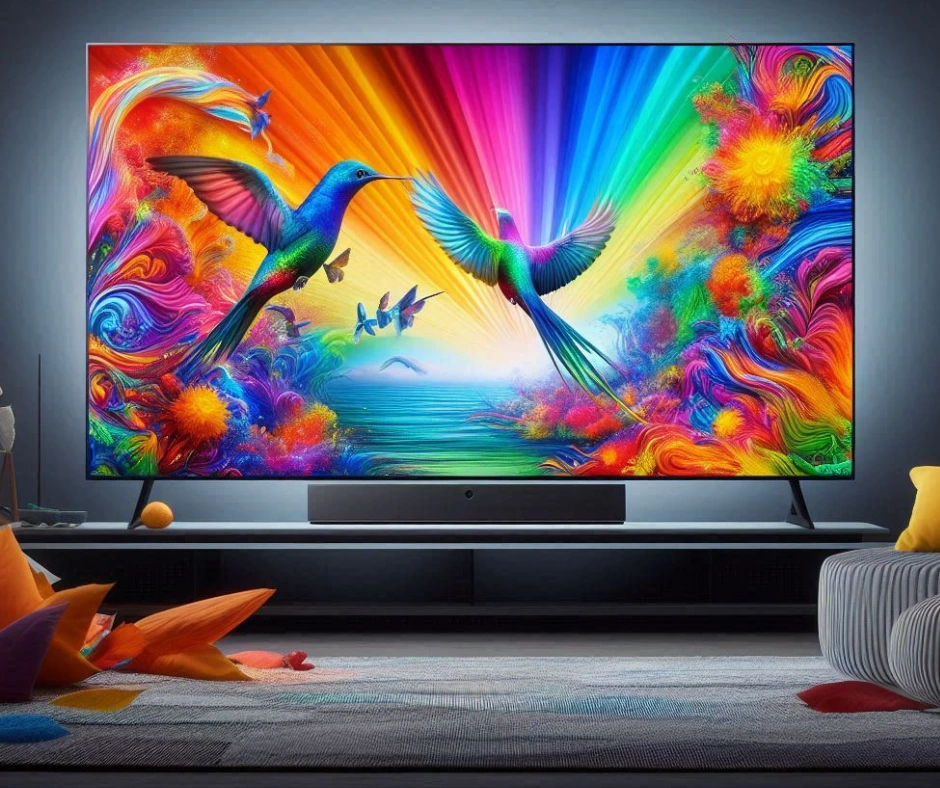
OLED TVs continue to evolve with improved brightness and clarity. The latest models, including LG’s state-of-the-art displays, redefine the home viewing experience. These TVs are not just bigger but also significantly brighter. Check out the full gallery of advancements in McKinsey’s technology trends.
Organic Light Emitting Diodes (OLEDs) have revolutionized display technology, known for their superior contrast, deep blacks, and vibrant colors. Recent breakthroughs in OLED brightness technology are set to redefine their applications in consumer electronics, automotive displays, and beyond.
Technological Advancements
Historically, OLED displays faced limitations in peak brightness, especially in outdoor or high-ambient-light environments. Recent innovations have addressed this challenge through:
- New Material Development: Advanced emissive materials and dopants have been engineered to enhance light efficiency while reducing energy loss. These materials allow OLED panels to emit brighter light without significantly increasing power consumption.
- Micro-Lens Arrays: Integration of micro-lens technology boosts brightness by directing more emitted light towards the viewer. This method reduces internal light scattering and improves overall luminance.
- Stacked OLED Structures: Multi-layer OLED designs increase brightness by adding layers of light-emitting diodes. This architecture is particularly effective for improving brightness in smaller form factors like wearables and smartphones.
- Machine Learning Optimization: AI-driven algorithms are being used to fine-tune the electrical input and light output, ensuring maximum brightness without compromising color accuracy or lifespan.
Impact on Industries
- Consumer Electronics: Enhanced brightness addresses issues with OLED displays in direct sunlight, improving visibility for smartphones, tablets, and laptops.
- Automotive Applications: Brighter OLED displays make heads-up displays (HUDs) and infotainment systems more functional in diverse lighting conditions, including glare-prone environments.
- Healthcare and Industrial Use: High-brightness OLED panels improve accuracy in medical imaging and make displays more effective in industrial monitoring systems.
Sustainability and Efficiency
Despite brighter outputs, new OLED technologies are focusing on sustainability. Enhanced materials and energy-efficient designs reduce overall power consumption. This ensures longer battery life for portable devices and aligns with global energy-saving initiatives.
Challenges and Future Prospects
While significant progress has been made, challenges like increased heat generation and production costs remain. However, with ongoing research into hybrid OLED structures and quantum dot integration, the future of high-brightness OLEDs looks promising. These advancements could pave the way for foldable and stretchable OLED displays, further broadening their applications.
In conclusion, the breakthroughs in OLED brightness signify a milestone in display technology, making OLEDs more versatile, efficient, and suitable for a broader range of applications. These advancements underscore the potential for OLEDs to dominate the future of visual display solutions.
3. Wireless Charging Revolution
Wireless charging technology has transformed how we power electronic devices, offering unparalleled convenience and a glimpse into the future of seamless energy transfer. From its humble beginnings with inductive charging pads for smartphones, wireless charging has evolved into a versatile solution for a wide array of devices and industries.
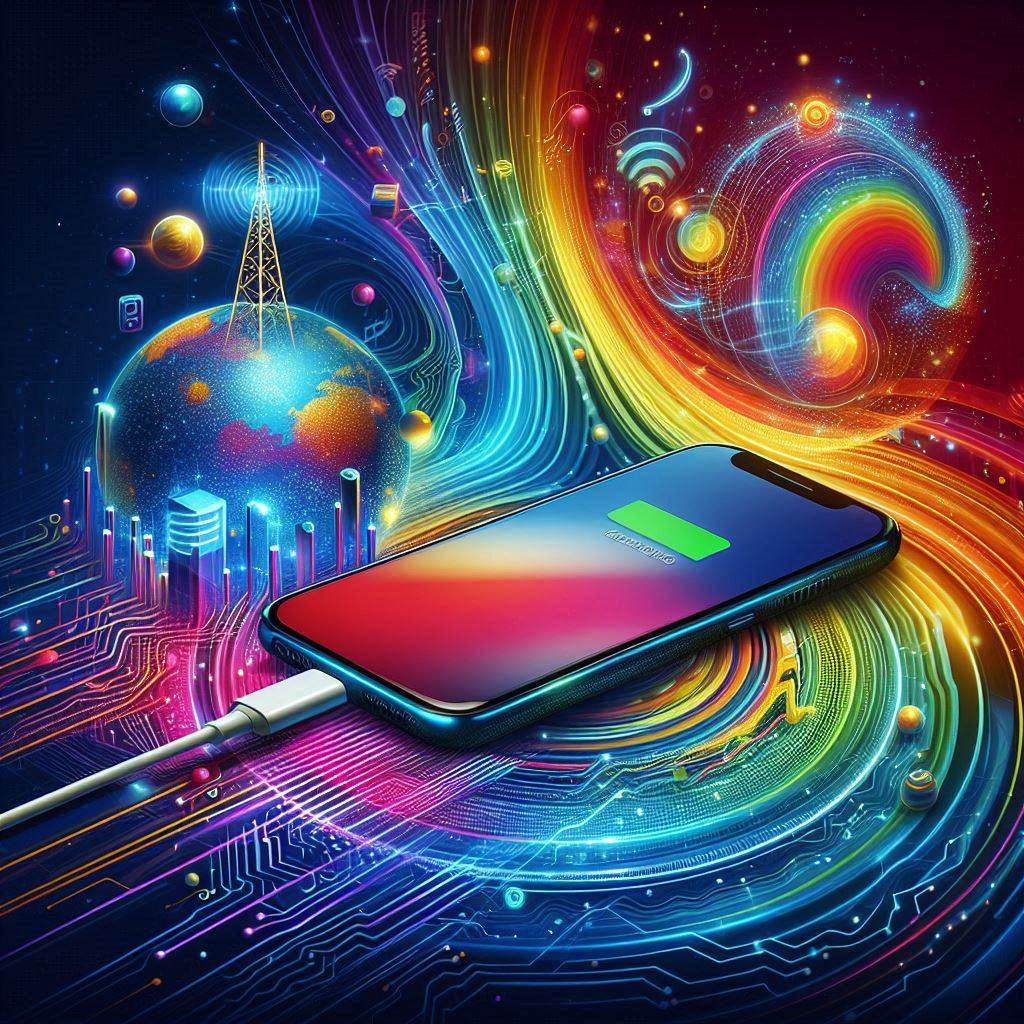
At its core, wireless charging operates on the principles of electromagnetic induction or resonance, eliminating the need for physical connectors. Modern advancements, such as Qi2 technology, promise faster charging speeds, enhanced safety, and greater interoperability across devices. This new standard aligns with global initiatives to simplify user experience and reduce electronic waste
Beyond smartphones, the revolution is impacting electric vehicles (EVs) with embedded pads enabling wireless charging stations, and wearables like smartwatches and earbuds benefiting from compact wireless charging cases. Industrial applications are emerging, including medical implants charged non-invasively and IoT devices powered in hard-to-reach locations. These developments showcase the potential for untethered energy solutions to reshape industries
However, challenges remain. Wireless charging is still less efficient than traditional wired methods, raising concerns about energy loss. Moreover, its adoption in sectors like automotive faces hurdles with scalability and cost. Nonetheless, research into resonant charging and spatial energy transfer is expected to address these limitations, propelling wireless charging toward broader adoption.
As the technology matures, it aligns with sustainability goals, fostering a future where devices are charged effortlessly and sustainably. The wireless charging revolution represents not just a technological milestone but also a shift toward more adaptable and eco-friendly energy solutions.
4. The Auracast Audio Experience: Transforming Connectivity
Bluetooth Auracast is an innovative leap in wireless audio technology, designed to redefine how we interact with sound in public and private spaces. Unlike traditional Bluetooth connections that pair one device to another, Auracast enables a single device to broadcast audio to multiple listeners simultaneously. This functionality opens up a world of possibilities across various environments.
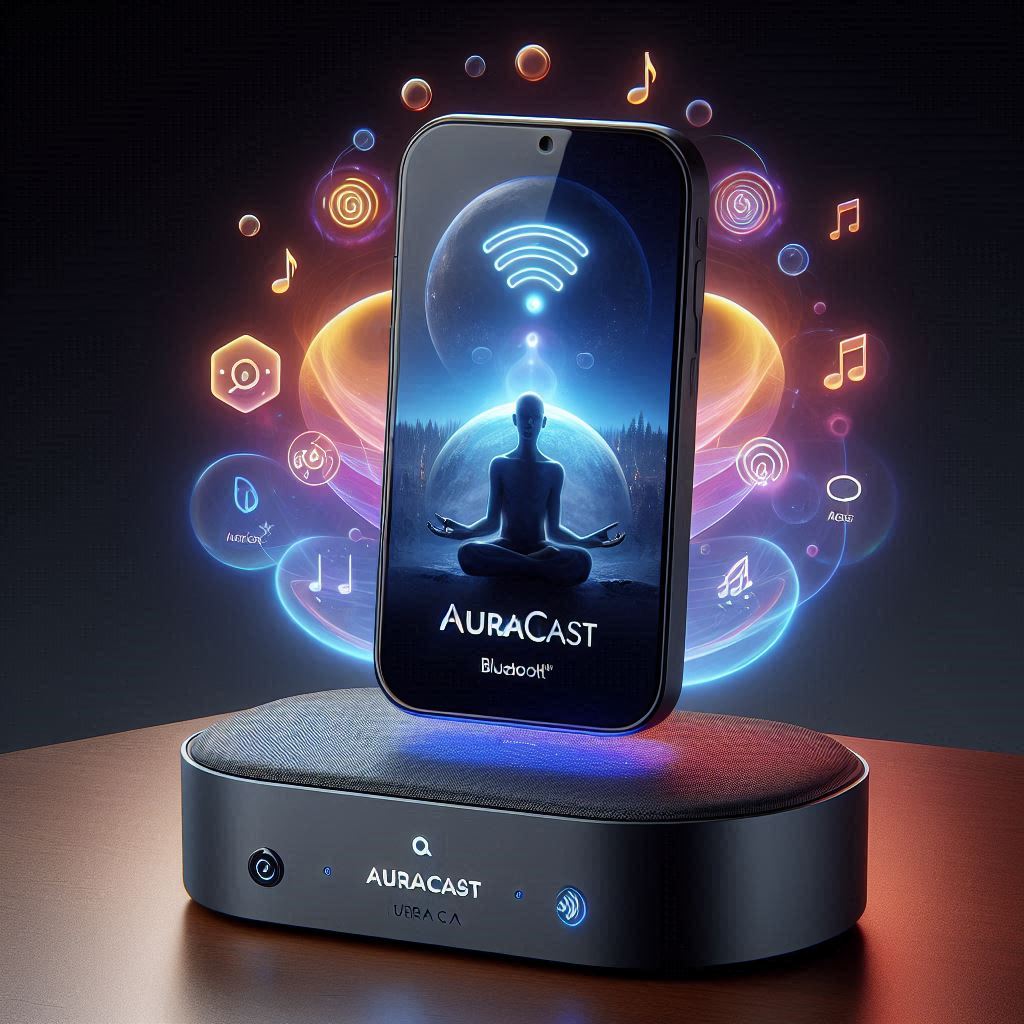
Key Features and Applications
Auracast’s standout feature is its ability to allow compatible headphones and devices to “tune in” to an audio stream, much like connecting to a Wi-Fi network. This capability can enhance experiences in diverse settings:
- Public Spaces: In airports, individuals can listen to gate announcements directly through their headphones, reducing ambient noise distractionsTechRadar.
- Shared Media: In classrooms or museums, multiple users can hear audio explanations or video soundtracks without disturbing othersTechRadar.
- Entertainment: Sports bars and gyms can broadcast TV audio, enabling patrons to listen via their personal devices Home of Technology News.
Accessibility and Inclusion
Auracast is also a game-changer for accessibility, allowing those with hearing aids to connect to public audio streams effortlessly. This innovation makes events, lectures, and public announcements more inclusive
TrendHunter.com Home of Technology News.
Technical and Practical Potential
Auracast uses advanced Bluetooth Low Energy Audio (LE Audio) protocols to ensure high-quality sound while conserving battery life. It also supports passcodes for secure connections, ensuring privacy when sharing audio among select listeners.
The Future of Audio Sharing
Still in its early adoption phase, Auracast is expected to gain widespread support as more hardware manufacturers integrate the technology. Its potential to revolutionize group listening, accessibility, and personal audio experiences positions it as a significant breakthrough in the evolving landscape of wireless communication
TechRadar Home of Technology News.
This technology exemplifies how innovation can make everyday interactions with audio more seamless and engaging. Whether for private use or enhancing communal experiences, Auracast is poised to shape the future of sound.
5. The Rise of Smart Rings: A Next-Gen Wearable Revolution
The wearable technology market is experiencing a significant evolution with the increasing popularity of smart rings. These compact and versatile devices are emerging as viable alternatives to smartwatches, offering convenience, style, and advanced functionality. Combining aesthetics with cutting-edge technology, smart rings cater to a growing consumer demand for discreet yet effective health and productivity tools.
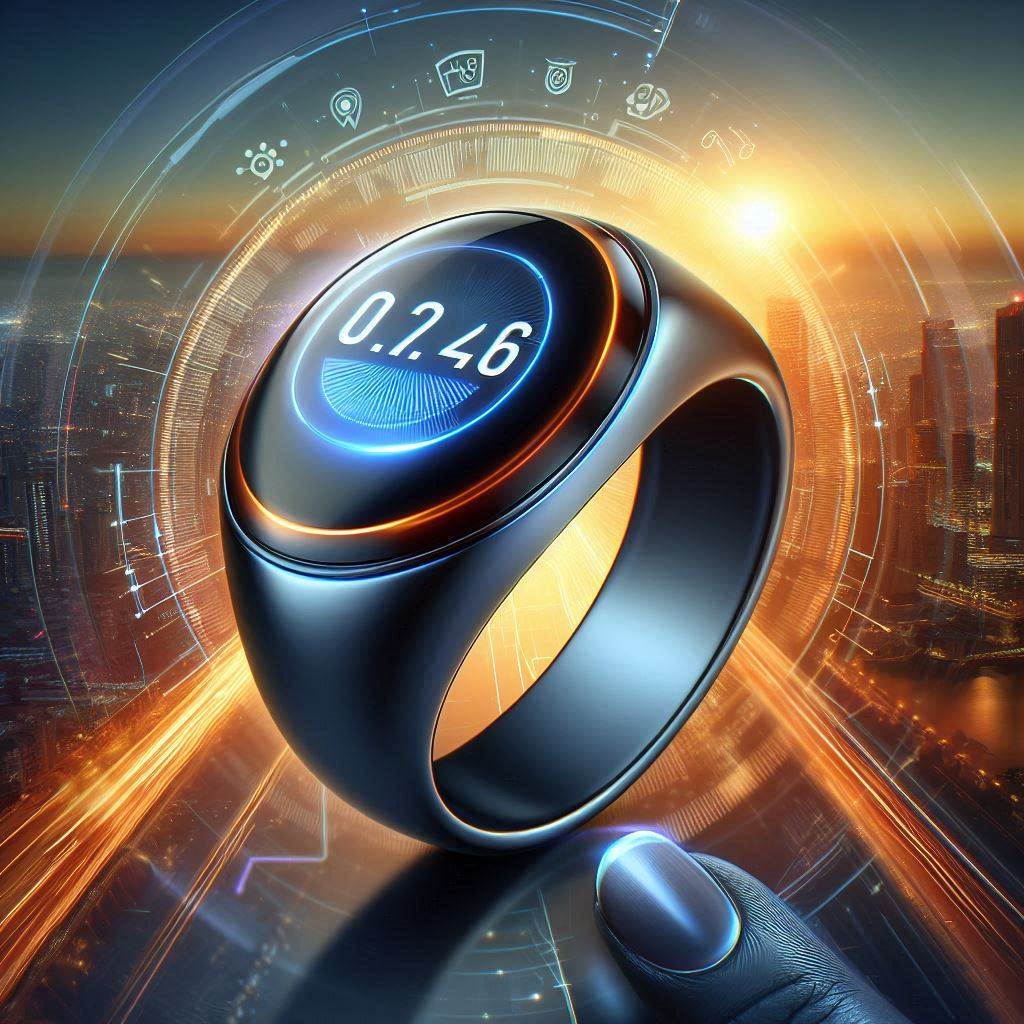
Key Features Driving Adoption
Smart rings are equipped with sensors that track various health metrics, including heart rate, sleep patterns, activity levels, and even blood oxygen saturation. Devices like the Oura Ring have paved the way by offering advanced health monitoring in a sleek design, while newcomers like the Amazfit Helio Ring are adding more features, such as integration with fitness apps and real-time notifications
Beyond health, smart rings are expanding into productivity and utility. Some, like the Lotus Ring, function as remote controls for smart home devices, while others provide biometric authentication, enabling secure, contactless payments and access to digital systems
TechRadar Home of Technology News.
Advantages Over Smartwatches
The compact design of smart rings makes them more comfortable and less obtrusive than traditional wearables. Their unobtrusive appearance appeals to those seeking minimalist accessories. Despite their small size, smart rings are proving capable of delivering the functionality of larger devices, addressing the needs of both tech enthusiasts and casual users.
Future Trends
With tech giants like Samsung rumored to enter the smart ring market, innovation is accelerating. Future iterations may incorporate AI-driven features, neural interface technology, or expanded IoT integration, bridging the gap between personal wearables and smart ecosystems
Challenges and Market Outlook
While adoption is growing, challenges remain, such as limited battery life and compatibility with existing ecosystems. However, the increasing investment in wearable technology and consumer interest in seamless health and productivity tools position smart rings as a key player in the wearables market.
The rise of smart rings signifies a shift toward subtle, efficient, and multifunctional wearables that integrate seamlessly into everyday life. As technology continues to advance, these rings are poised to redefine how users interact with technology and manage their health.


